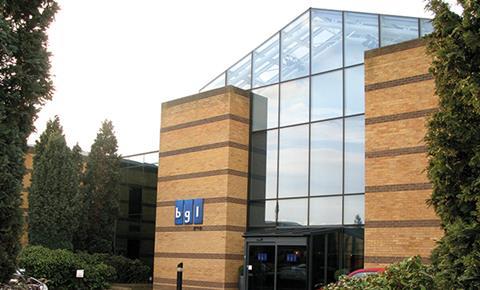
Much of its focus revolves around the overall employee experience, with a strong emphasis on wellness, the office environment and enabling staff to get involved in charitable initiatives.
Claire Whieldon, head of reward, says: “We have a huge amount of fundraising events, from dragon boat racing to employees going off to Zambia and Laos to partner with Build It International.”
In the office, employees have access to free fruit, a gym and free at-desk massages for call centre agents, while there is also an annual employee fun day for staff and their friends and families.
The business has even sought to make it more attractive for people from London to work at its head office in Peterborough, by laying on free transport from the station to the office. “A lot of the talent pool is in London but it is only 45 minutes away on the train,” she says.
Whieldon says the company culture, coupled with career development opportunities, has helped it attract the staff it needs to grow. “People want to come to BGL because it’s an amazing place to work and we have fun here,” she says. “They come for interview and are blown away.”
















